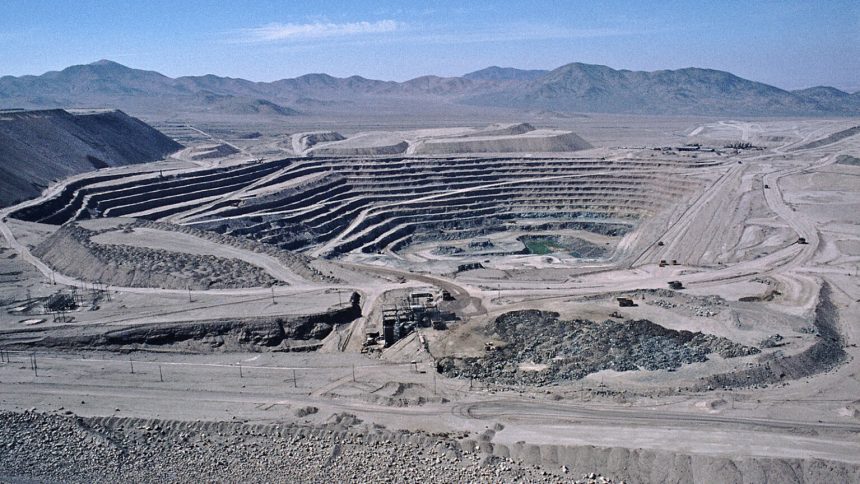Background to the Trade Freeze
In April, China imposed export restrictions on seven key rare-earth elements and magnets—critical components for U.S. industries like automotive, aerospace, semiconductors, and defense. The move was retaliation for new U.S. tariffs and led to global supply chain disruptions, with manufacturers facing parts shortages and production delays.
Details of the New Agreement
Following direct talks between Presidents Trump and Xi—first in Geneva and then reinforced in London—the two nations have formalised a framework to implement the earlier Geneva truce. Under this deal:
- China will expedite export permits for rare-earth minerals and magnets in line with legal guidelines.
- The U.S. will lift certain countermeasures, including some export restrictions affecting Chinese entities, and allow more Chinese students to study in the U.S.
Impacts on Industry and Markets
- Automakers like Ford and Volkswagen have already seen easing shortages, though some manufacturers are still awaiting pending permit approvals.
- U.S. rare-earth producers such as MP Materials and USA Rare Earth experienced stock price drops (7% and 11%, respectively), as investors anticipated increased competition from Chinese supply.
- Major indices like the S&P 500 hit new highs, buoyed by optimism over reduced trade tensions and reassurance of critical supply chains.
Remaining Hurdles and Future Watchpoints
- China retains strict dual‑use controls, particularly over materials with military applications—delaying some approvals.
- Industry experts warn that market volatility remains, as not all permits are yet granted and broader concessions—like addressing China’s trade surplus—are still unresolved.
- The 90‑day tariff pause on both sides continues, with the deadline approaching July 8; the rare-earth accord could pave the way for deeper negotiations by Labor Day.
Why It Matters
- Strategic Supply Security – Rare earths are vital for high‑tech and defense technologies; speeding up access helps U.S. innovation and production.
- Global Market Signals – The deal boosts investor sentiment, stabilizing sectors hit by supply chain uncertainty.
- Geopolitical Message – It demonstrates that diplomacy—alongside tariffs—can de‑escalate tensions, though long-term trust remains a challenge.
In summary, this agreement marks a significant and welcome step in defusing one of the key flashpoints in the U.S.–China trade war. But its true success hinges on timely permit approvals and whether both sides can expand cooperation beyond rare-earth minerals.











